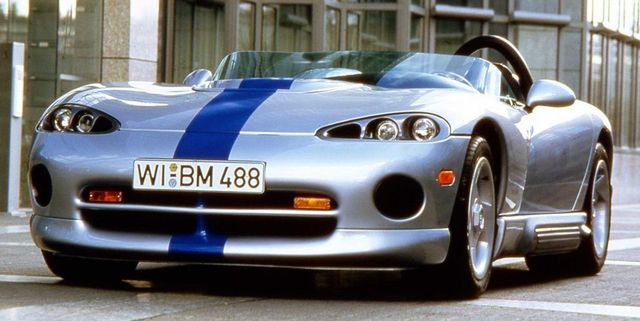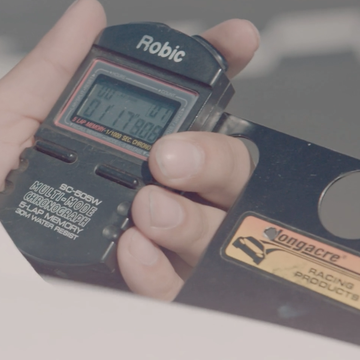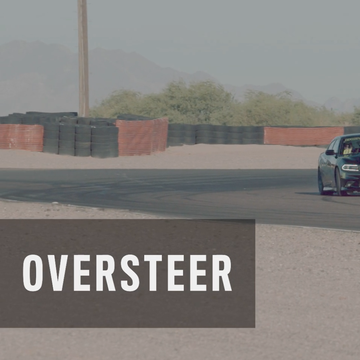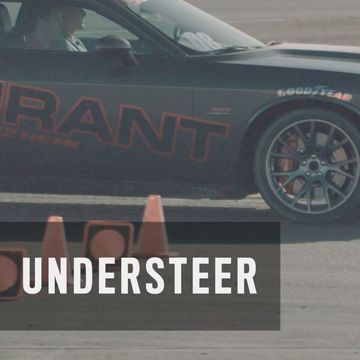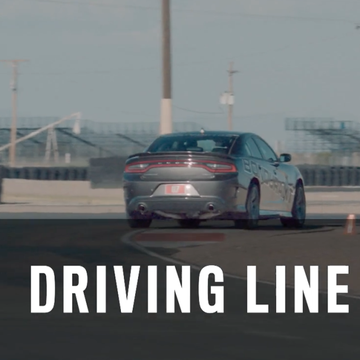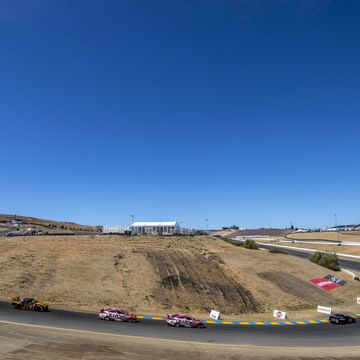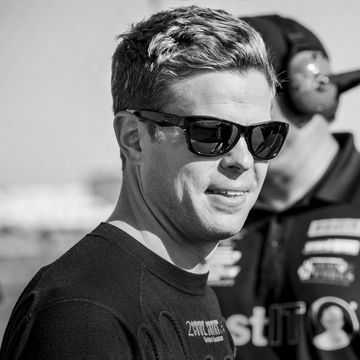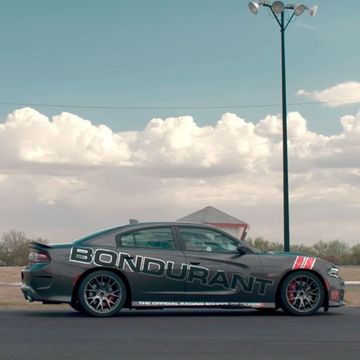Hey, you might think it a surprise, but Europe holds some fascination with the Dodge Viper. Something about a truck motor and a hood that stretches across the Maginot Line holds them captive. But it's no mere posturing: it was at Le Mans when the Viper GTS-R coupe, campaigned by Team Oreca and wearing Playstation stickers, took its class three years in a row. At the 24 Hours of Nurburgring the Viper won, three years in a row as well, this time overall. It won at Spa, Fuji, and Daytona. Even after its second generation debuted, even after Chrysler ended factory support the Viper GTS-R still won at Nurburgring—three more years in a row. For a short while in the late Nineties, the Viper basically stuck in the face of Eurosnobs that a car designed around a truck motor with the big-motor blessing of Carroll Shelby could actually turn left and right worth a damn, thereby fueling fanboy arguments Stateside from here to the supercars.net forums.
But anyway. Years before the Viper first turned a wheel on a road course, the German tuning firm Michalak, based in Frankfurt, created the Challenge R: the sort of Euro-style Nineties tuned supercar in the vein of Strosek, Koenig, TWR, and Lister. Applied, this time, to the most American car imaginable.
There was no roof. There were four-point seatbelts, standard. The passenger side could be covered up with a tonneau in the vein of Sixties British roadsters. (What was the Viper if not an overgrown Cobra, after all?) A cut-down sliver of a windshield, a speedster-style rear cowl, and a huge vent cut into that massive one-piece hood rounded off the modifications—though the V10 engine was left untouched, as far as we know. Curiously, Michalak promised that the car could be reconverted back to stock form at any time, in case one got tired of the extreme looks and just wanted to settle for the humble regularity of driving a 10-foot-wide Freudian slip across cobblestone streets.
"The best ideas are again coming from America, particularly from Chrysler," said designer and founder Bernd Michalak. "The Viper is a link between the unattainable vision an the fulfilment of nearly-forgotten childhood dreams - and they always involve sports and competition."
The Challenge-R debuted at the 1995 Geneva Motor Show, a show which also saw the debut of, among other luminaries, the Ferrari F50 and the Italdesign Cala, which may have overshadowed the Viper a bit. Michalak-Werkstudio had ambitious plans for the Challenge-R: a one-make race series! Series production! Kits sold at dealers! Needless to say, none of those happened. Practically the only two photos of this car that exist are right here.
Michalak went on to produce a soft-top for the Ferrari 550 Barchetta, which seems like a real niche, as well as the Michalak C7—a tiny kit car, based on the Smart Fortwo, which resembles a Morgan and a Lamborghini Murcielago and is ready to become a lucrative business, just awaiting your investment!
Images via All Car Index
